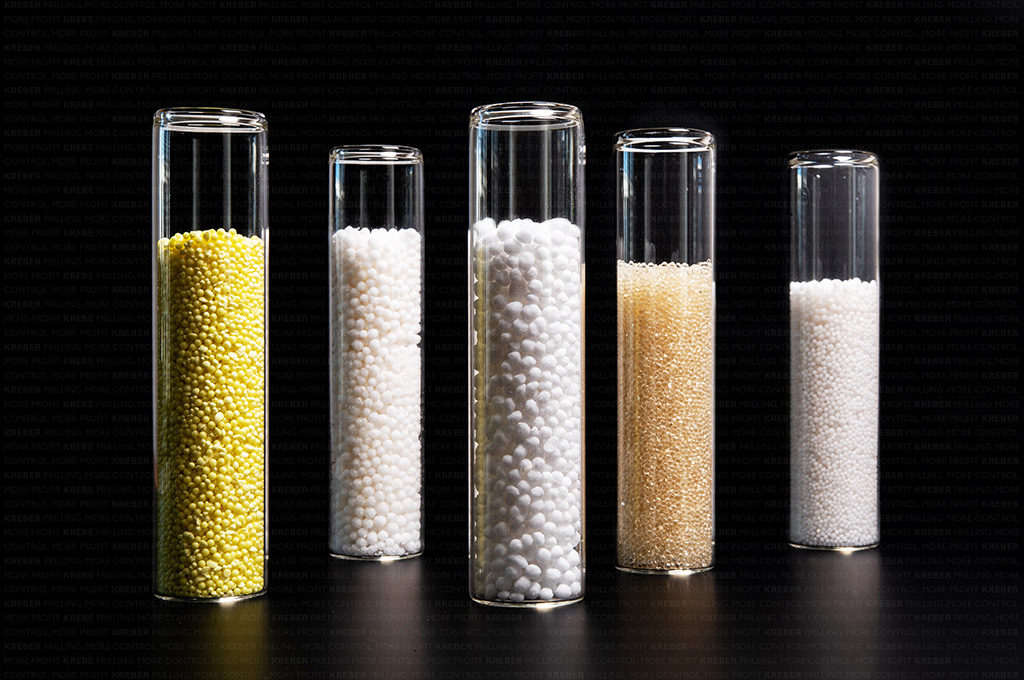Lab-Scale Test
To prill, or not to prill, that is the question.
At Kreber, we have two testing facilities available to determine whether prilling is feasible for a product: a laboratory facility and a pilot facility.
We use our laboratory-scale testing facilities to investigate feasibility in the early stages. At the Kreber Pilot Facility, we study ‘prillability’ on a larger scale. Both facilities are operated at an industrial location, which makes it possible to safely test a wide variety of materials.

The Kreber Laboratory Facility has a broad range of equipment that provides our clients with insight into their product and helps determine the feasibility of prilling as a suitable solidification technology for their specific application. The type of prillability study that is performed depends on the material and the desired prill size. The studies can be executed using a small amount of sample material.
Prills (0.5 < D50 < 4mm)
The feasibility of particle production is determined by employing our own jetting lab setup developed in-house. This setup allows us to look at a material in terms of its readiness to form a jet and to subsequently break up into droplets.
The jetting lab-scale test consists of:
- Research and analysis of jet formation, jet breakup and droplet formation
- A feasibility analysis of vibration-enhanced jet breakup
- Solidification research

Microprills (D50 < 0.5mm)
The atomizing lab setup is utilized to research the viability of microprilling for shaping the desired client-specific solids. This setup allows us to look at a material in terms of its readiness to form a jet and to subsequently break up into droplets due to a coaxial air blast.
The spraying lab-scale test consists of:
- Research and analysis of jet formation, jet breakup and droplet formation
- Solidification research
We look forward to providing you with advice as well as a solution tailored to your needs.

